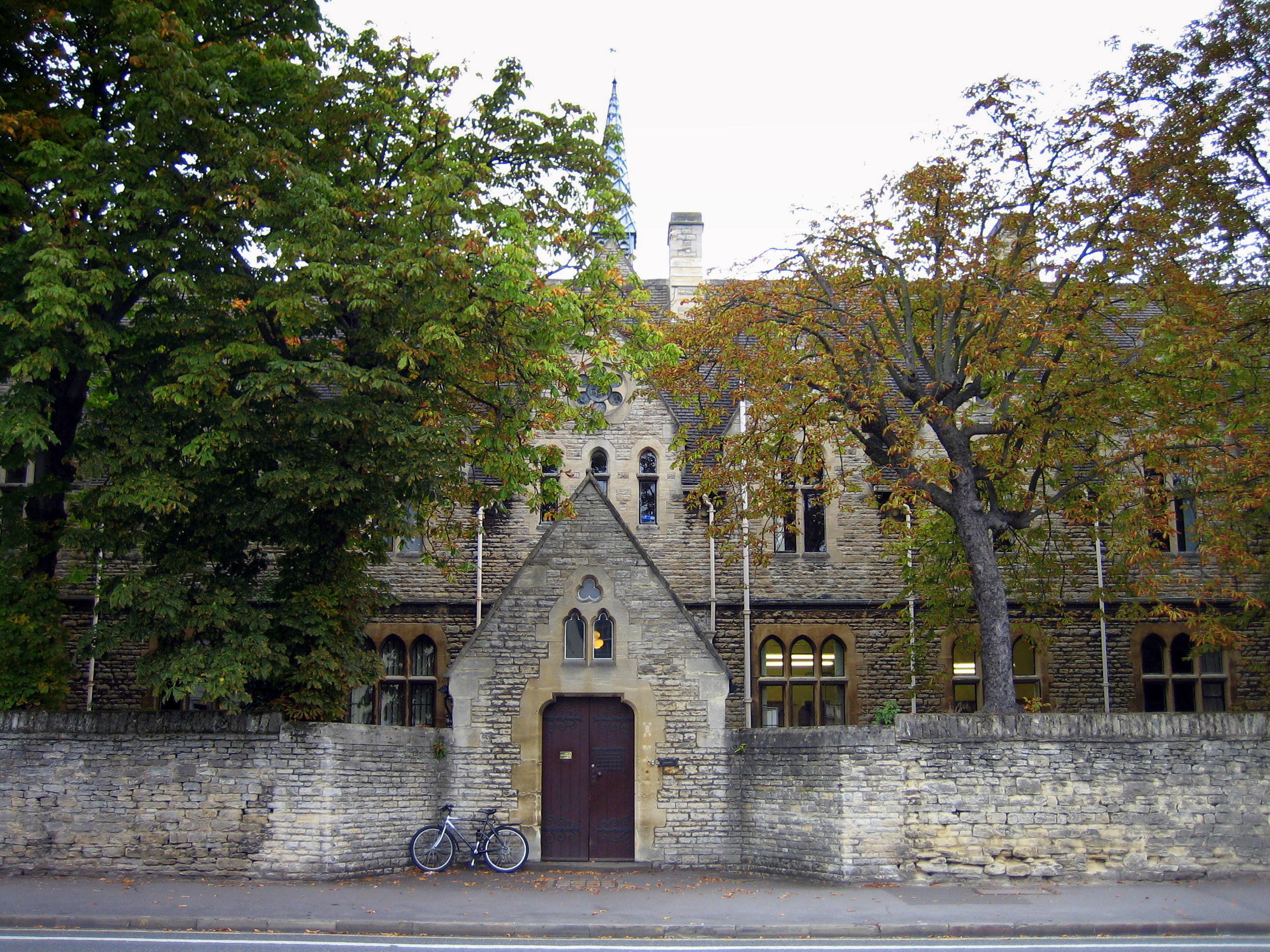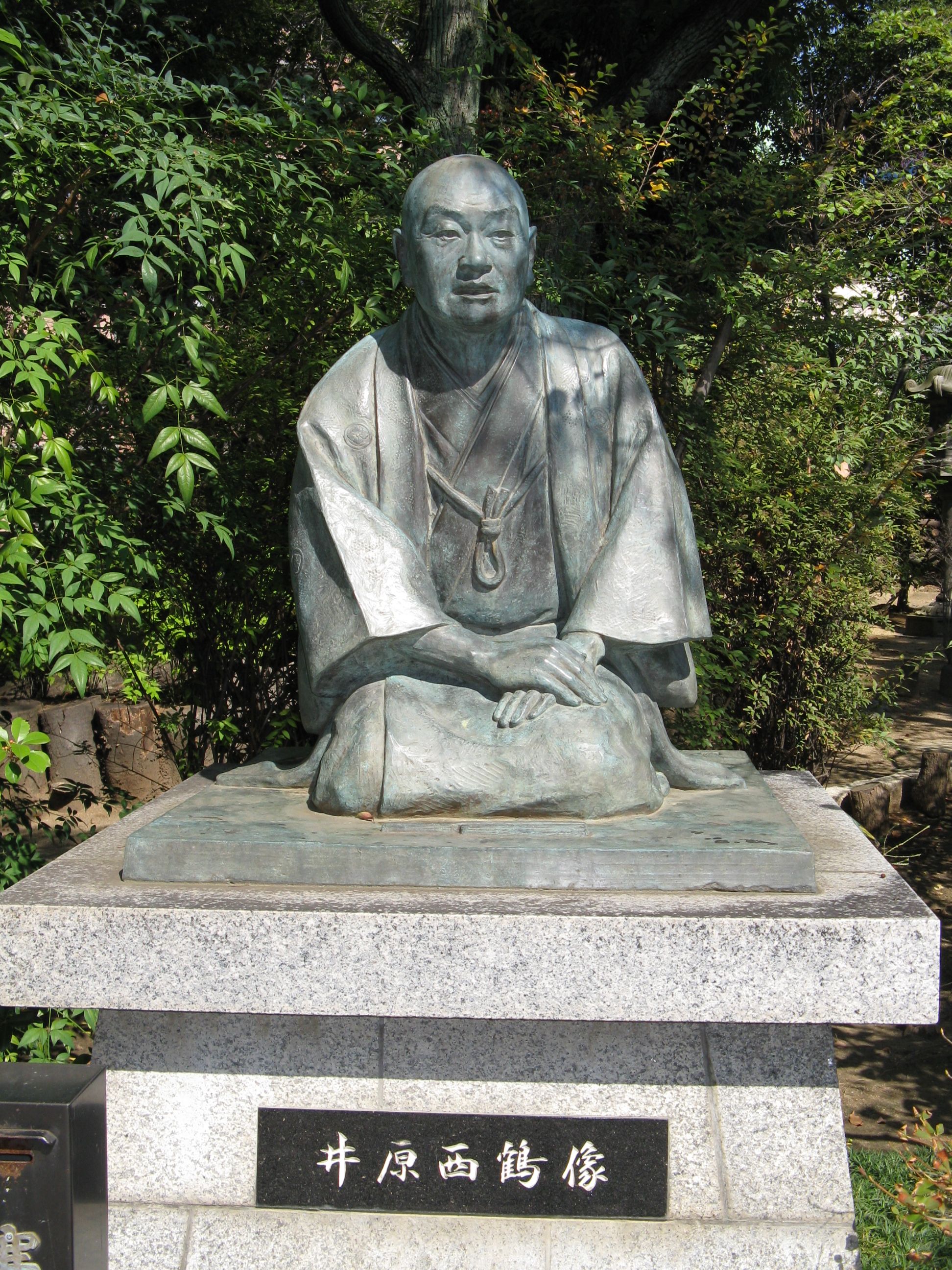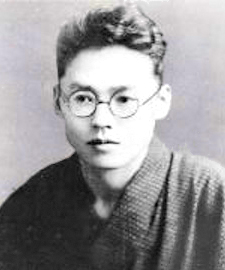|
Ivan Morris
Ivan Ira Esme Morris (29 November 1925 – 19 July 1976) was an English writer, translator and editor in the field of Japanese studies. Biography Ivan Morris was born in London, of mixed American and Swedish parentage to Edita Morris () and Ira Victor Morris (son of diplomat Ira Nelson Morris and grandson of meat-packer Nelson Morris). He studied at Gordonstoun, before graduating from Phillips Academy. He graduated with magna cum laude at Harvard University and received a doctorate at the SOAS University of London, specializing in Oriental languages. As an intelligence officer for the U.S. Navy, Morris was one of the first interpreters sent into Hiroshima after the dropping of the atomic bomb. Morris wrote widely on modern and ancient Japan and translated numerous classical and modern literary works. He personally knew writer Yukio Mishima and translated some of his writings. Morris' book ''The Nobility of Failure'' is dedicated to Mishima's memory. HIs translation of ''The ... [...More Info...] [...Related Items...] OR: [Wikipedia] [Google] [Baidu] |
Kensington
Kensington is a district in the Royal Borough of Kensington and Chelsea in the West End of London, West of Central London. The district's commercial heart is Kensington High Street, running on an east–west axis. The north-east is taken up by Kensington Gardens, containing the Albert Memorial, the Serpentine Gallery and John Hanning Speke, Speke's monument. South Kensington and Gloucester Road, London, Gloucester Road are home to Imperial College London, the Royal College of Music, the Royal Albert Hall, Natural History Museum, London, Natural History Museum, Victoria and Albert Museum, and Science Museum, London, Science Museum. The area is also home to many embassies and consulates. Name The Manorialism, manor of ''Chenesitone'' is listed in the Domesday Book of 1086, which in the Old English language, Anglo-Saxon language means "Chenesi's List of generic forms in place names in Ireland and the United Kingdom, ton" (homestead/settlement). One early spelling is ''Kesyngton ... [...More Info...] [...Related Items...] OR: [Wikipedia] [Google] [Baidu] |
St Antony's College
St Antony's College is one of the constituent colleges of the University of Oxford in England. Founded in 1950 as the result of the gift of French merchant Sir Antonin Besse of Aden, St Antony's specialises in international relations, economics, politics, and area studies relative to Europe, Russia, former Soviet states, Latin America, the Middle East, Africa, Japan, China, and South and South East Asia. The college is located in North Oxford, with Woodstock Road to the west, Bevington Road to the south and Winchester Road to the east. As of 2018, St Antony's had an estimated financial endowment of £43.8m. Formerly a men's college, it has been coeducational since 1962. History St Antony's was founded in 1950 as the result of the gift of Sir Antonin Besse of Aden, a merchant of French descent. In 1947, Besse was considering giving around £2 million to the University of Oxford to found a new college. Ultimately, on the advice of his solicitor, R Clyde, who had attended New ... [...More Info...] [...Related Items...] OR: [Wikipedia] [Google] [Baidu] |
Shōhei Ōoka
was a Japanese novelist, literary critic, and lecturer and translator of French literature who was active during the Shōwa period of Japan. Ōoka belongs to the group of postwar writers whose World War II experiences at home and abroad figure prominently in their works. Over his lifetime, he contributed short stories and critical essays to almost every literary magazine in Japan. Early life Ōoka was born in Magome Ward of Tokyo (now part of Shinjuku, Tokyo) to parents from Wakayama prefecture. His father was a stockbroker and his mother was a geisha. Raised to study literature from early childhood, he mastered French while in high school. His parents also hired the famed literary critic Kobayashi Hideo to be his tutor. Under Kobayashi's instruction, he made the acquaintance of poet Nakahara Chūya, the critic , and others who would become well known literary figures. He entered Kyoto Imperial University School of Literature in April 1929, graduating in March 1932. After gradua ... [...More Info...] [...Related Items...] OR: [Wikipedia] [Google] [Baidu] |
Fires On The Plain (novel)
''Fires on the Plain'' (Japanese: 野火 ''Nobi'') is a Yomiuri Prize-winning novel by Ooka Shohei, published in 1951. It describes the experiences of a soldier of the routed Imperial Japanese Army in the Philippines, as part of the Battle of Leyte and the Battle of Ormoc Bay, at the end of 1944, towards the final months of World War II. Summary The story is told through the eyes of a Private Tamura who, after being thrown out by his own company due to illness, chooses to desert the military altogether and wanders aimlessly through the Philippine jungle during the Allied campaign. Descending into delirium, Tamura is forced to confront nature, his childhood faith, hunger, his own mortality, and in the end, cannibalism. Literary significance and criticism The book received the Yomiuri Prize and, along with '' Tsukamaru made'', is perhaps the best-known of Ooka's work among English readers. An English language translation by Ivan Morris was completed in 1957. It was made into a f ... [...More Info...] [...Related Items...] OR: [Wikipedia] [Google] [Baidu] |
The Temple Of The Golden Pavilion
is a novel by the Japanese author Yukio Mishima. It was published in 1956 and translated into English by Ivan Morris in 1959. The novel is loosely based on the burning of the Reliquary (or Golden Pavilion) of Kinkaku-ji in Kyoto by a young Buddhist acolyte in 1950. The pavilion, dating from before 1400, was a national monument that had been spared destruction many times throughout history, and the arson shocked Japan. Plot The protagonist, Mizoguchi, is the son of a consumptive Buddhist priest who lives and works on Cape Nariu on the north coast of Honshū. As a child, the narrator lives with his uncle near Maizuru. Throughout his childhood he is assured by his father that the Golden Pavilion is the most beautiful building in the world, and the idea of the temple becomes a fixture in his imagination. His stammering and poverty cause him to be friendless. A neighbour's girl, Uiko, becomes the target of his hatred. After she is killed by her deserter boyfriend, Mizoguchi become ... [...More Info...] [...Related Items...] OR: [Wikipedia] [Google] [Baidu] |
Ihara Saikaku
was a Japanese poet and creator of the " floating world" genre of Japanese prose (''ukiyo-zōshi''). Born as Hirayama Tōgo (平山藤五), the son of a wealthy merchant in Osaka, he first studied haikai poetry under Matsunaga Teitoku and later studied under Nishiyama Sōin of the Danrin school of poetry, which emphasized comic linked verse. Scholars have described numerous extraordinary feats of solo haikai composition at one sitting; most famously, over the course of a single day and night in 1677, Saikaku is reported to have composed at least 16,000 haikai stanzas, with some sources placing the number at over 23,500 stanzas. Later in life he began writing racy accounts of the financial and amorous affairs of the merchant class and the demimonde. These stories catered to the whims of the newly prominent merchant class, whose tastes of entertainment leaned toward the arts and pleasure districts. Biography Ihara Saikaku was born in 1642 into a well-off merchant family in Osa ... [...More Info...] [...Related Items...] OR: [Wikipedia] [Google] [Baidu] |
Jirō Osaragi
was the pen-name of a popular Japanese writer in Shōwa period Japan, known primarily for his historical fiction novels, which appeared serialized in newspapers and magazines. His real name was . Early life Osaragi Jirō was born in Yokohama. His father was a temple carpenter originally from Kii Province, who had rebuilt the main halls and main gates of a number of noted Buddhist temples. His older brother Hōei Nojiri, was a noted scholar of English literature and an astronomer. He graduated with honors from Shirogane Jinjo Elementary School, and later wrote in his memoirs that he first became interested in becoming a writer in the sixth grade, where the daughter of Kosugi Tengai was a classmate. He then attended the Furitsu Daiichi Junior High School. While still in high school, he published his first work, ''Ichiko Romance'', which described life in the school dormitory. He also became interested in the theatre. Osaragi attended Tokyo Imperial University’s Department of P ... [...More Info...] [...Related Items...] OR: [Wikipedia] [Google] [Baidu] |
Sei Shōnagon
was a Japanese author, poet, and a court lady who served the Empress Teishi (Sadako) around the year 1000 during the middle Heian period. She is the author of . Name Sei Shōnagon's actual given name is not known. It was the custom among aristocrats in those days to call a court lady by a nickname taken from a court office belonging to her father or husband.Keene 1999 : 412. derives from her father's family name "Kiyohara" (the native Japanese reading of the first character is , while the Sino-Japanese reading is ), while refers to a government post. Her relationship to this post is unknown, though—neither her father nor either of her two husbands held such a post. Bun'ei Tsunoda has suggested that it may have belonged to a third husband, perhaps Fujiwara no Nobuyoshi.Keene 1999 : 412, citing (427, note 3) Tsunoda 1975 : 30-32. Her actual name has been a topic of debate among scholars, and the name is a possibility. Early life Little is known about her life except ... [...More Info...] [...Related Items...] OR: [Wikipedia] [Google] [Baidu] |
The Pillow Book
is a book of observations and musings recorded by Sei Shōnagon during her time as court lady to Empress Consort Teishi during the 990s and early 1000s in Heian-period Japan. The book was completed in the year 1002. The work is a collection of essays, anecdotes, poems, and descriptive passages that have little connection to one another except for the fact that they are ideas and whims of Shōnagon's spurred by moments in her daily life. In it she included lists of all kinds, personal thoughts, interesting events in court, poetry, and some opinions on her contemporaries. While it is mostly a personal work, Shōnagon's writing and poetic skill makes it interesting as a work of literature, and it is valuable as a historical document. Shōnagon meant her writing in ''The Pillow Book'' for her eyes only, but part of it was accidentally revealed to the Court during her life: "she inadvertently left it er writingon a cushion she put out for a visiting guest, who eagerly carried it off ... [...More Info...] [...Related Items...] OR: [Wikipedia] [Google] [Baidu] |
Sarashina Nikki
The is a memoir written by the daughter of Sugawara no Takasue, a lady-in-waiting of Heian-period Japan. Her work stands out for its descriptions of her travels and pilgrimages and is unique in the literature of the period, as well as one of the first in the genre of travel writing. Lady Sarashina was a niece on her mother's side of Michitsuna's Mother, author of another famous diary of the period, the ''Kagerō Nikki'' (whose personal name has also been lost). Other than the ''Sarashina Diary'', she also authored ''Hamamatsu Chūnagon Monogatari'', Self-reproach (''Mizukara kuyuru''), Tale of Nezame (''Yoru no Nezame'' or ''Yowa no Nezame''), and Tale of Asakura. This work is one of the major six literary memoir/diaries written in the mid-Heian period, roughly from 900 to 1100. Lady Sarashina wrote her work while being conscious of her distinguished lineage. She had a desire to produce something that would be worthy for her family line. This desire came from her knowledge that t ... [...More Info...] [...Related Items...] OR: [Wikipedia] [Google] [Baidu] |
Masuji Ibuse
was a Japanese author. His most notable work is the novel '' Black Rain''. Early life and education Ibuse was born in 1898 to a landowning family in the village of , which is now part of Fukuyama, Hiroshima. Ibuse failed his entrance exam to Hiroshima Middle School but in 1911 he gained admission to Fukuyama Middle School. Fukuyama Middle School was an elite academy and was linked to eminent scholars. Fukuyama's teachers boasted about the school's pedigree but Ibuse did not care much for this. Ibuse spoke of this school as following Western ideals; in ''The First Half of My Life'' he said that the school emphasized Dutch learning and French military exercises. Ibuse was made fun of at this school; he even went so far as to avoid wearing glasses in an effort to avoid being ridiculed. Although Ibuse enjoyed the Western influences of his education, his grandfather arranged for a private tutorial in Chinese literature, however, this training came to a stop when Ibuse's tutor die ... [...More Info...] [...Related Items...] OR: [Wikipedia] [Google] [Baidu] |






